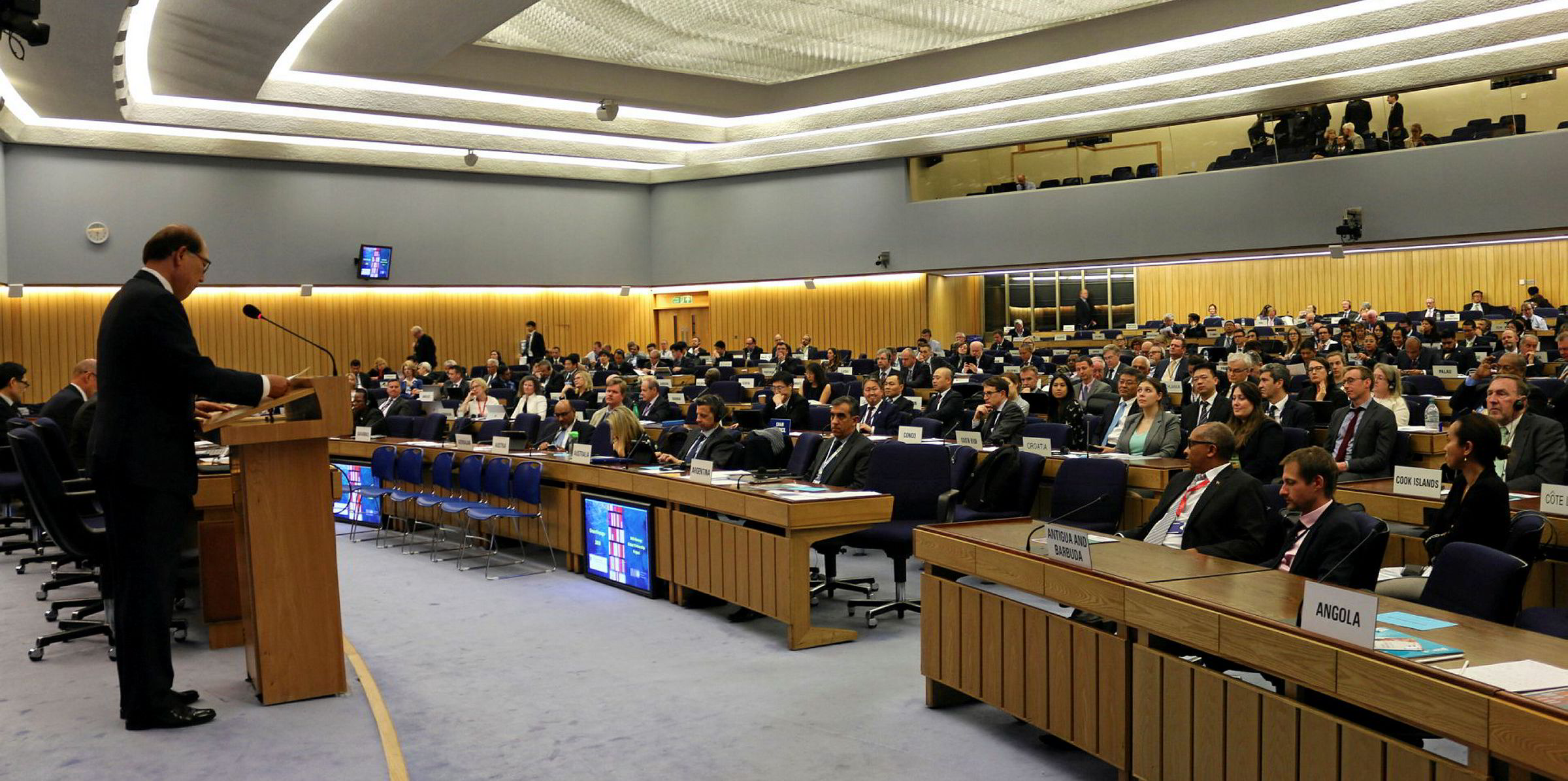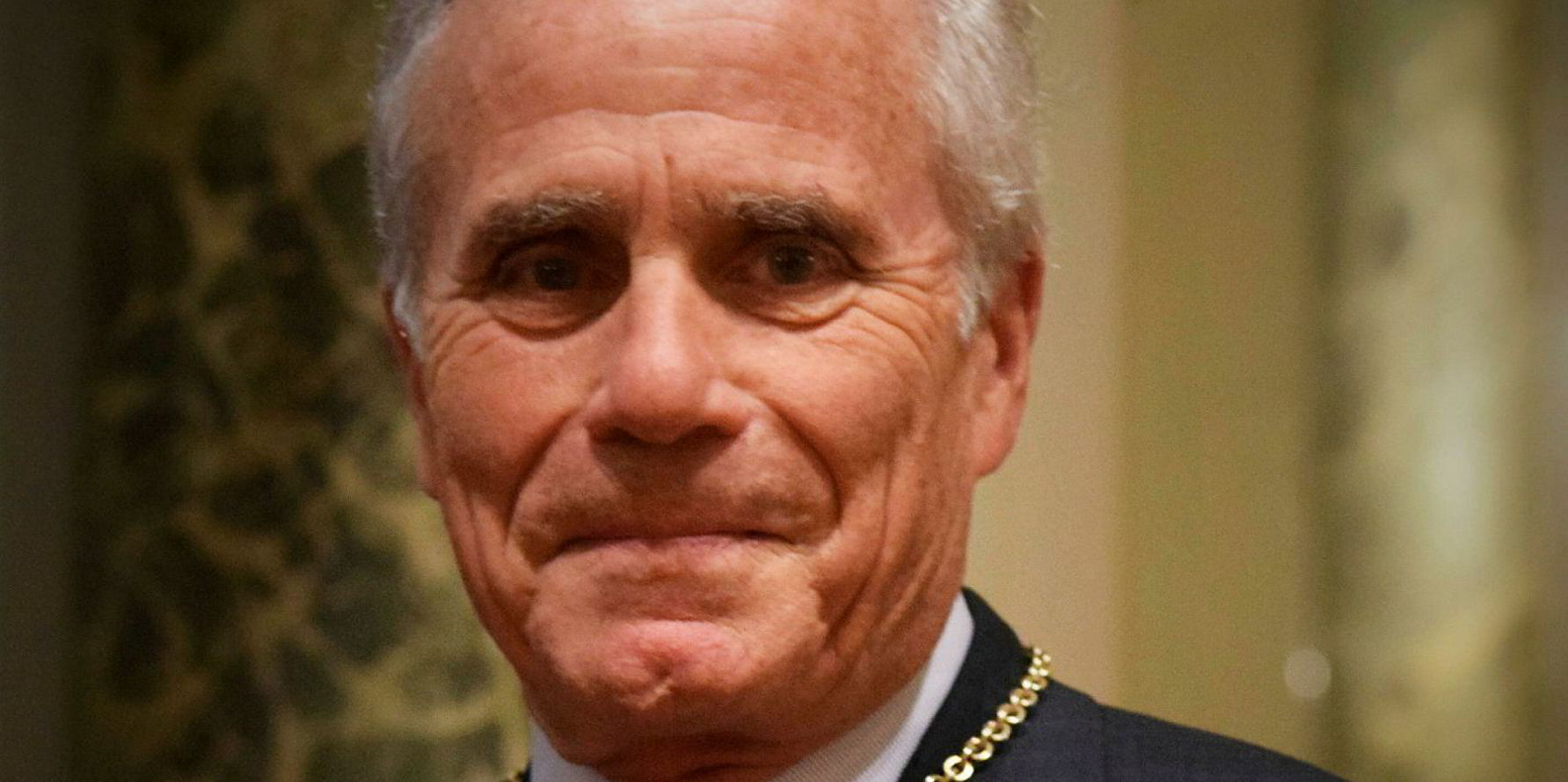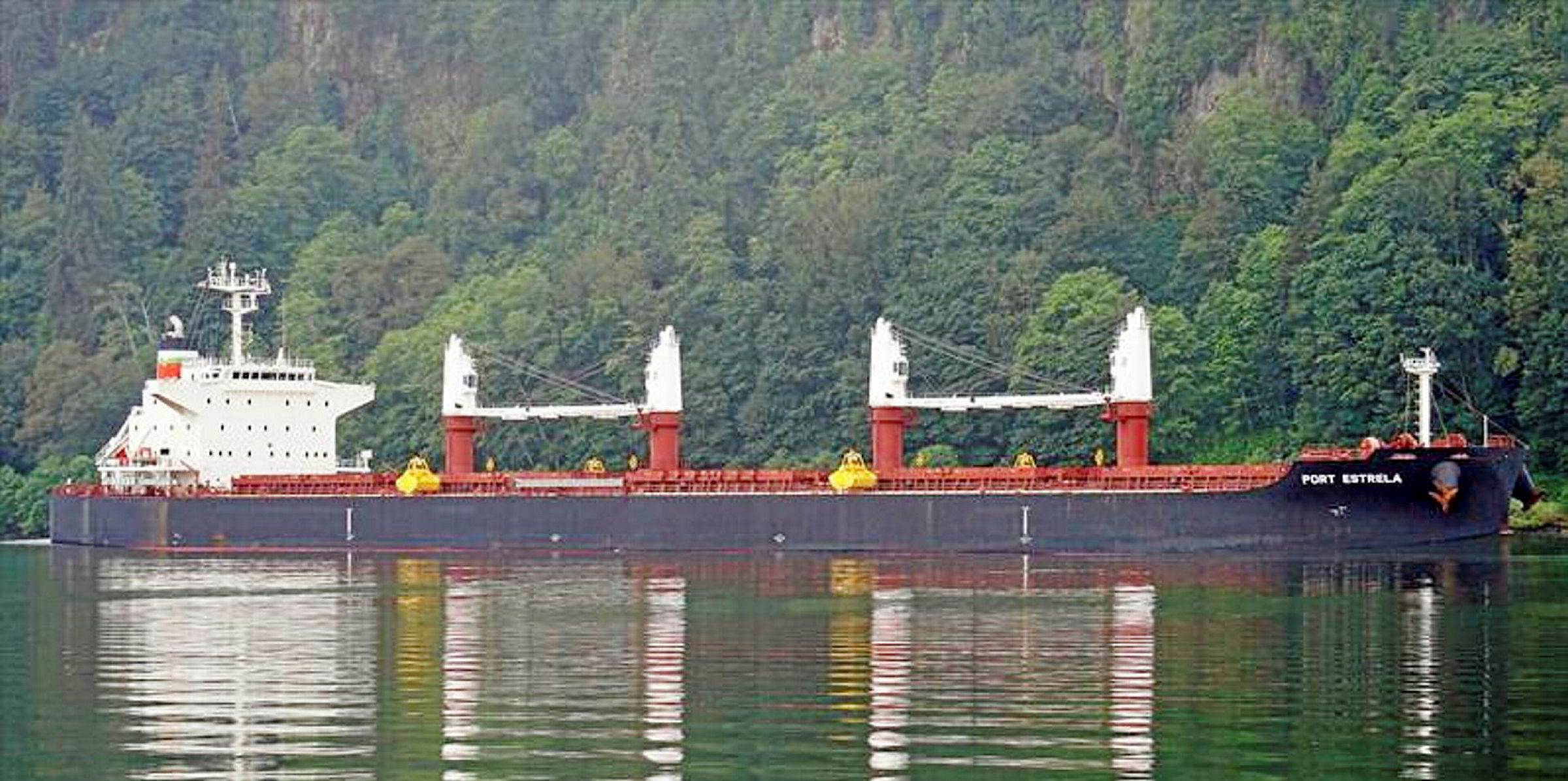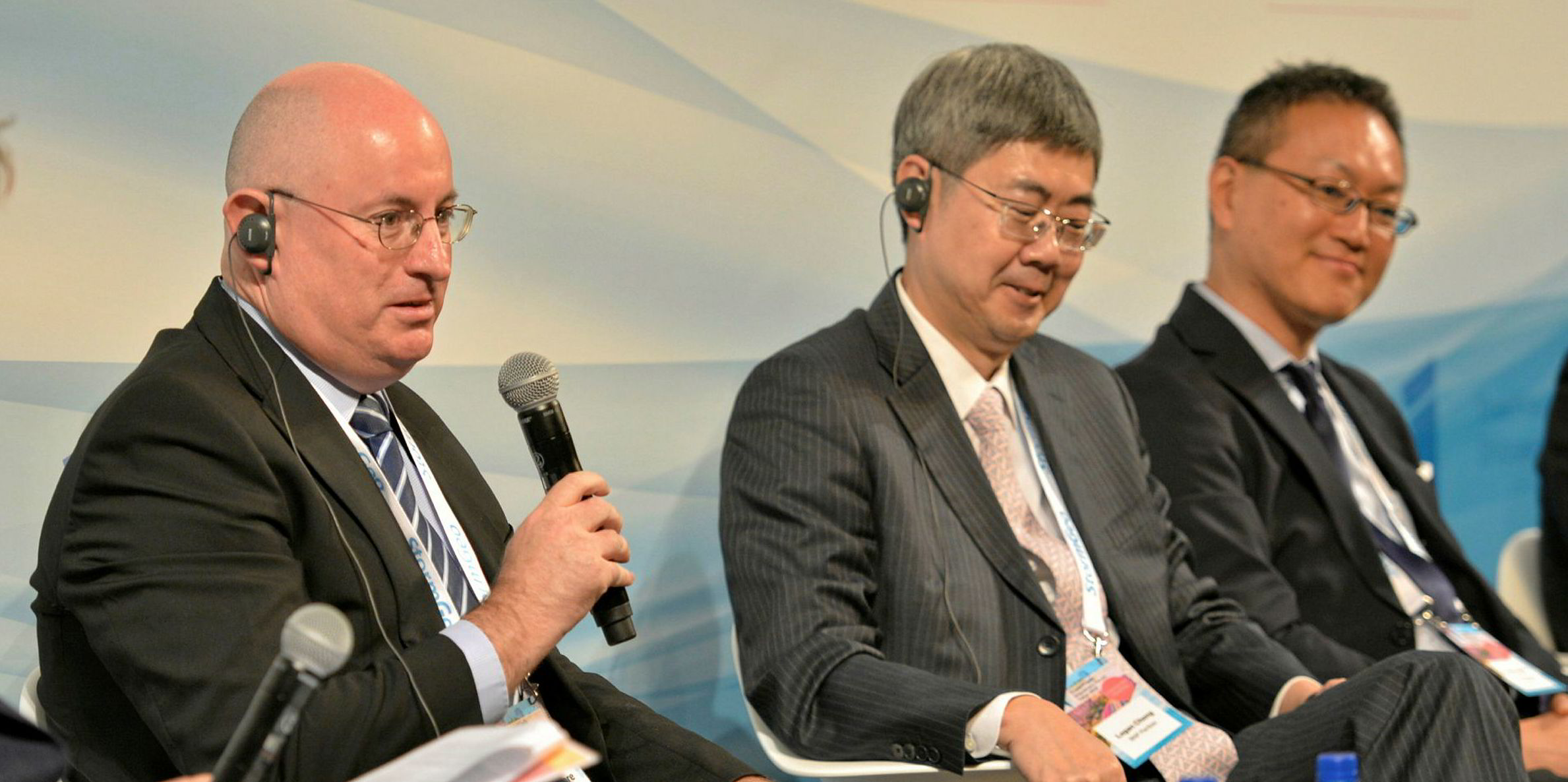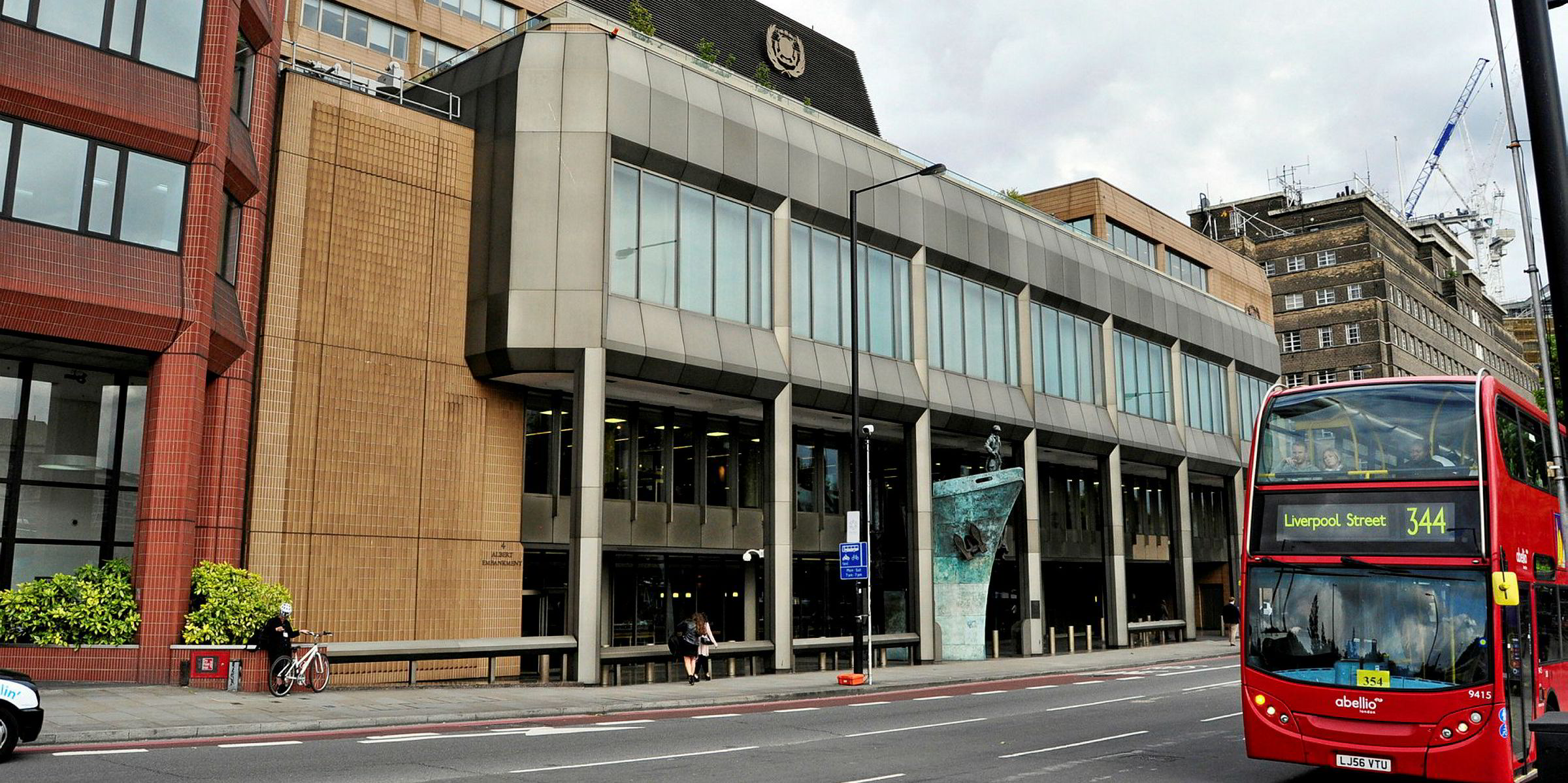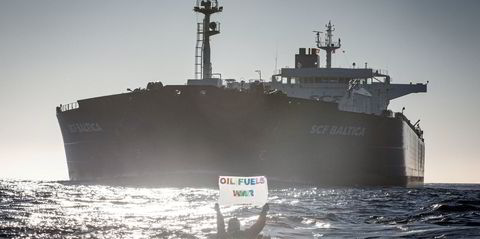IMO discussions over decarbonisation measures have entered a tough phase, with member states and industry stakeholders clashing over the best technical and operational means to reduce greenhouse gas (GHG) emissions.
Delegates left last week’s Intersessional Working Group on Reduction of GHG Emissions from Ships feeling there was no clear winner among the proposals, with delegates agreeing there would be two tracks of discussions going forward.
Having jointly proposed the development of the Energy Efficiency Existing Ship Index (EEXI) with Norway, Japan will be the main coordinator in the discussion over technical measures that can cut emissions.
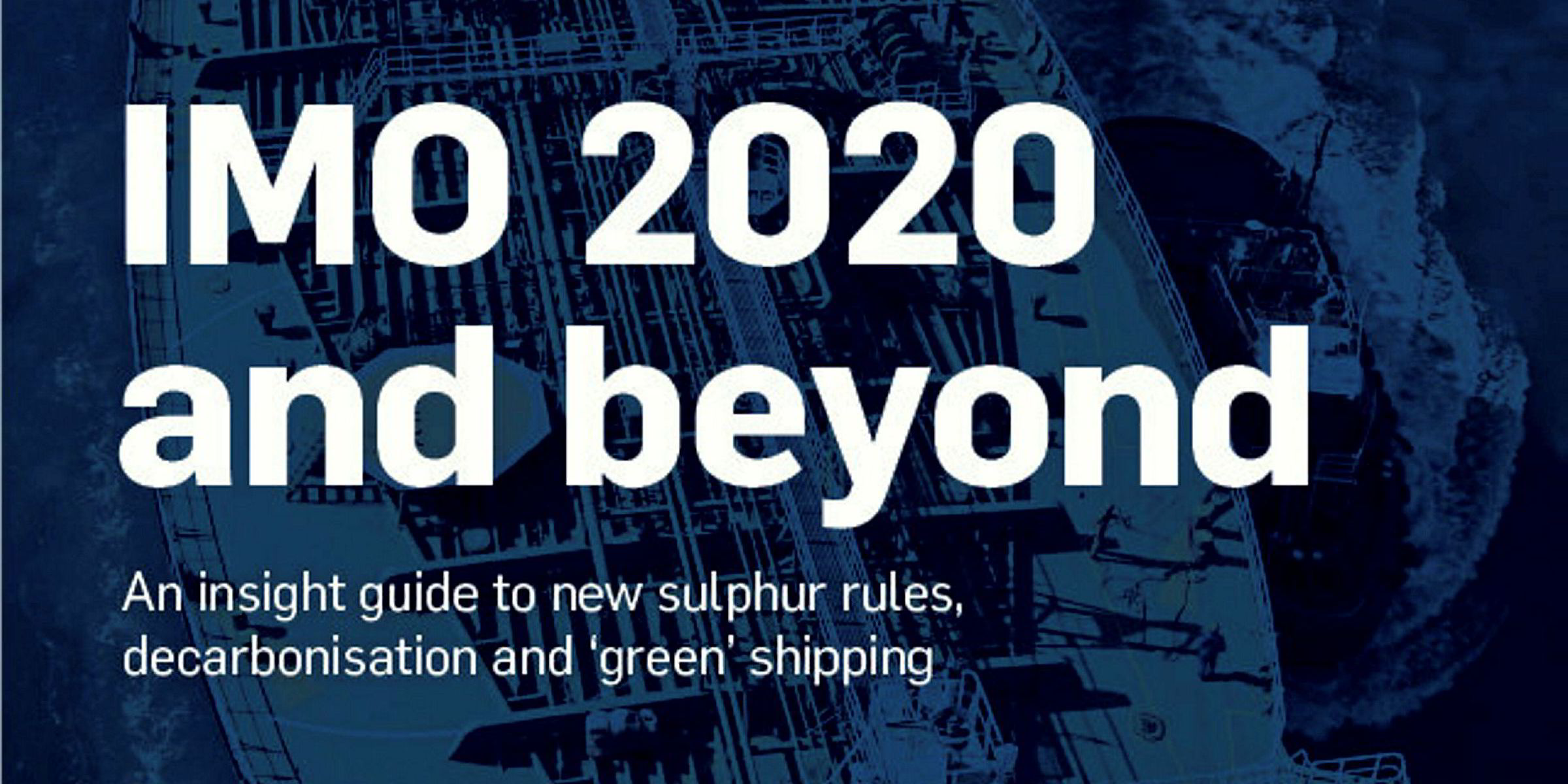
Check out TradeWinds Knowledge http://bit.ly/35g4KZ1, our new research project on IMO 2020 and decarbonisation
Debates are expected to be centred around whether limitation of engine power should be made mandatory, and how much GHG reduction this limitation can achieve.
Engine power
The EEXI will allow vessels to reduce GHG intensity through engine power limits, alternative fuels or energy-saving devices. However, there are other proposals that could make those restrictions obligatory, as they are easy for shipowners to carry out.
One IMO delegate pointed out that if all ships need to cap their power uniformly, the more fuel-efficient vessels would lose out as they cannot raise their speed to get more charter business.
“This situation cannot induce innovative technology,” the delegate said.
The International Council on Clean Transportation (ICCT) has argued that limiting engine power as currently proposed would lead to little CO2 reduction, with many vessels already reducing their speeds by cutting the output of their engines.
“Power limitation as a concept has been holed below the waterline. [The ICCT] analysis showed it simply doesn't work very well at cutting CO2,” said another delegate.
Operational measures
In the second track, Denmark and France will be coordinating the discussion over operational measures that include slow steaming.
Gaining most traction is the proposal from Denmark, Spain and Germany, which aims to reduce emissions based on the IMO’s existing legal framework of the Ship Energy Efficiency Management Plan.
Under this proposal, every ship is expected to reach an emission intensity target based on the Energy Efficiency Operational Indicator or Annual Efficiency Ratio by cutting speed, optimising routes or other measures.
Supported by more than 100 shipping companies, mandatory speed limits saw little support from member states during last week’s meeting.
“Speed is difficult to control because it is influenced by weather and sea conditions,” another delegate said. “Ships that do not meet the standard cannot be excluded in advance because speed is only calculated after one-year [of] operation.”
“So enforcement and implementation of the regulation is difficult if the operational approach will be adopted.”
This development is to the dismay of some environmentalists. “Mandatory slow steaming is the only measure that can be implemented immediately and will cut emissions in the short term,” said Faig Abbasov, shipping manager at green group Transport & Environment.
“We see operational standards as a lesser evil, and that's something that we can work with. We can help develop it.”
“From my organisation's perspective, we will probably spend most of the time on improving operational CO2 standards.”
Minor achievements
Separately, the IMO has launched some voluntary initiatives to coordinate with other sectors in reducing GHG. Those are deemed helpful to the overall climate efforts and praised in some corners.
Based on the Chinese delegation’s proposal, the working group agreed on a draft resolution to urge member states to develop their own national action plans.
Such plans aim to cut GHG from international shipping via accelerating port emission reduction activities, development of infrastructure for green shipping, among other measures.
“I think it's good that the IMO is not trying to stop countries from doing regional and national things. Because the scale of the problem on climate is so big, we need action at all levels,” Seas at Risk’s senior policy officer John Maggs said.
Moreover, the working group has also agreed to develop guidelines that assess the life-cycle emissions of alternative fuels. While the current efforts in decarbonising shipping have focused on emissions from combustion, many industry experts deem such guidelines essential as emissions from fuel production and transport processes matter just as much in combating climate change.
“It’s great that [those efforts] will show the importance of a fuel’s emission from well to wake,” said another delegate.
Running against time
While still accepting new proposals, the IMO hopes the two tracks of discussions will lead to a unified decarbonisation blueprint during the next intersessional meeting in March.
Then, the plan can be submitted for approval by the Marine Environment Protection Committee (MEPC), which starts its 75th session on 30 March.
If the IMO wants to usher in short-term decarbonisation measures by 2023 as targeted, a plan needs to be agreed during the 76th MEPC session in October at the latest.
“The IMO will probably settle for technical measures because they are much easier to implement and require less compromise. But that will not reduce emissions,” said Abbasov, describing the current Japan-Norway proposal as “totally useless”.
“There's a bit of a trade-off between what is politically feasible and what is technically effective… Measures that are effective usually receive less support from the government.”
